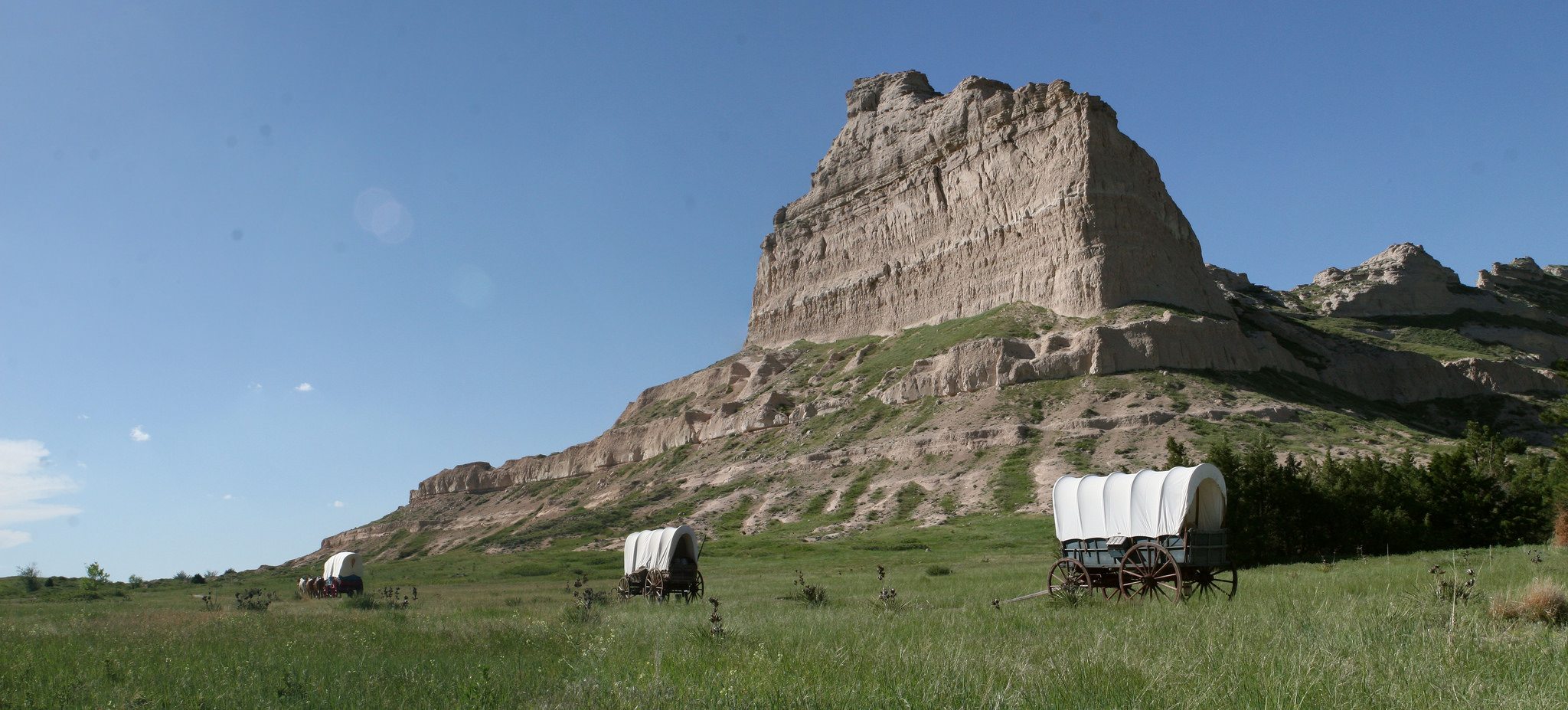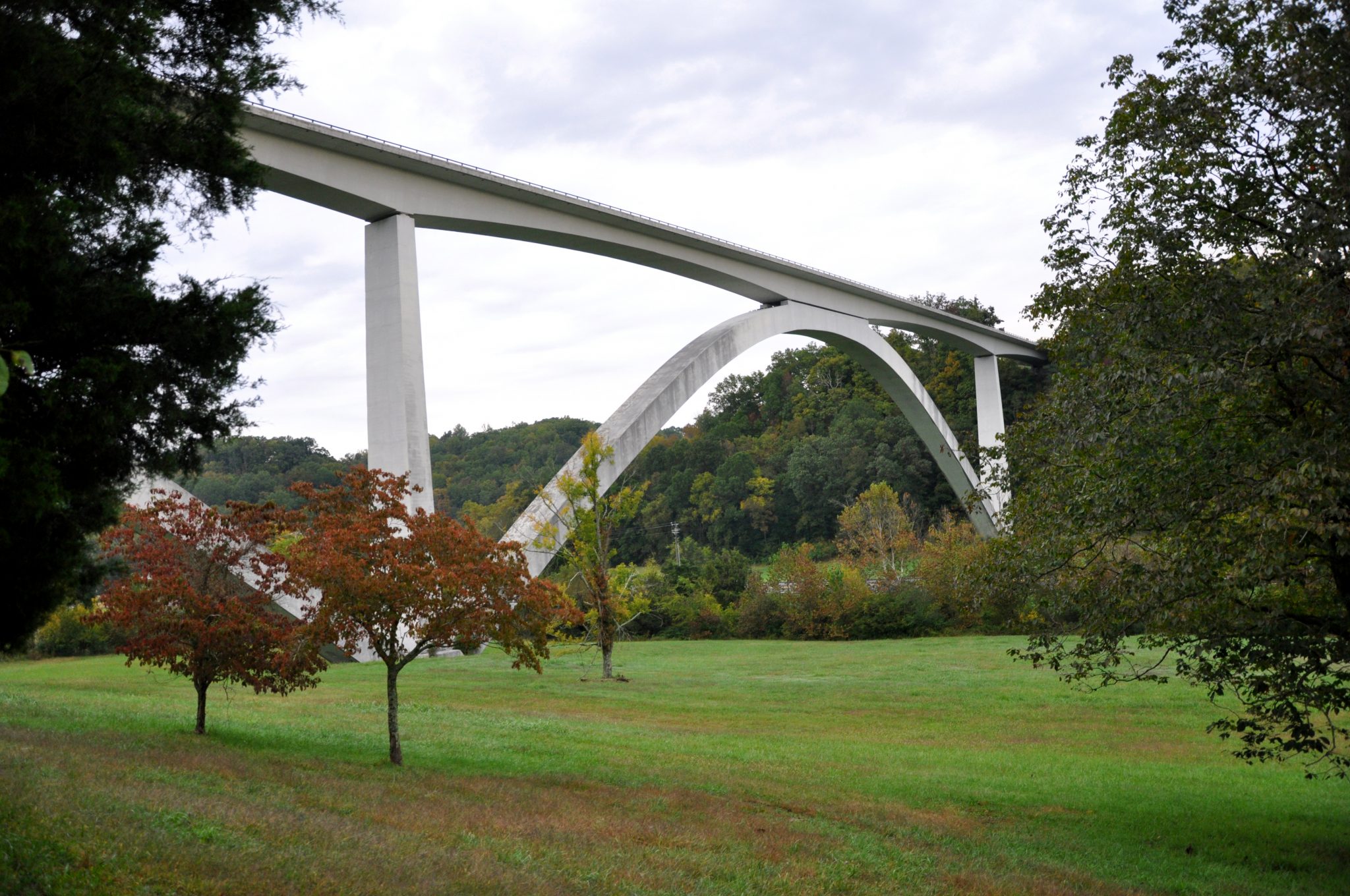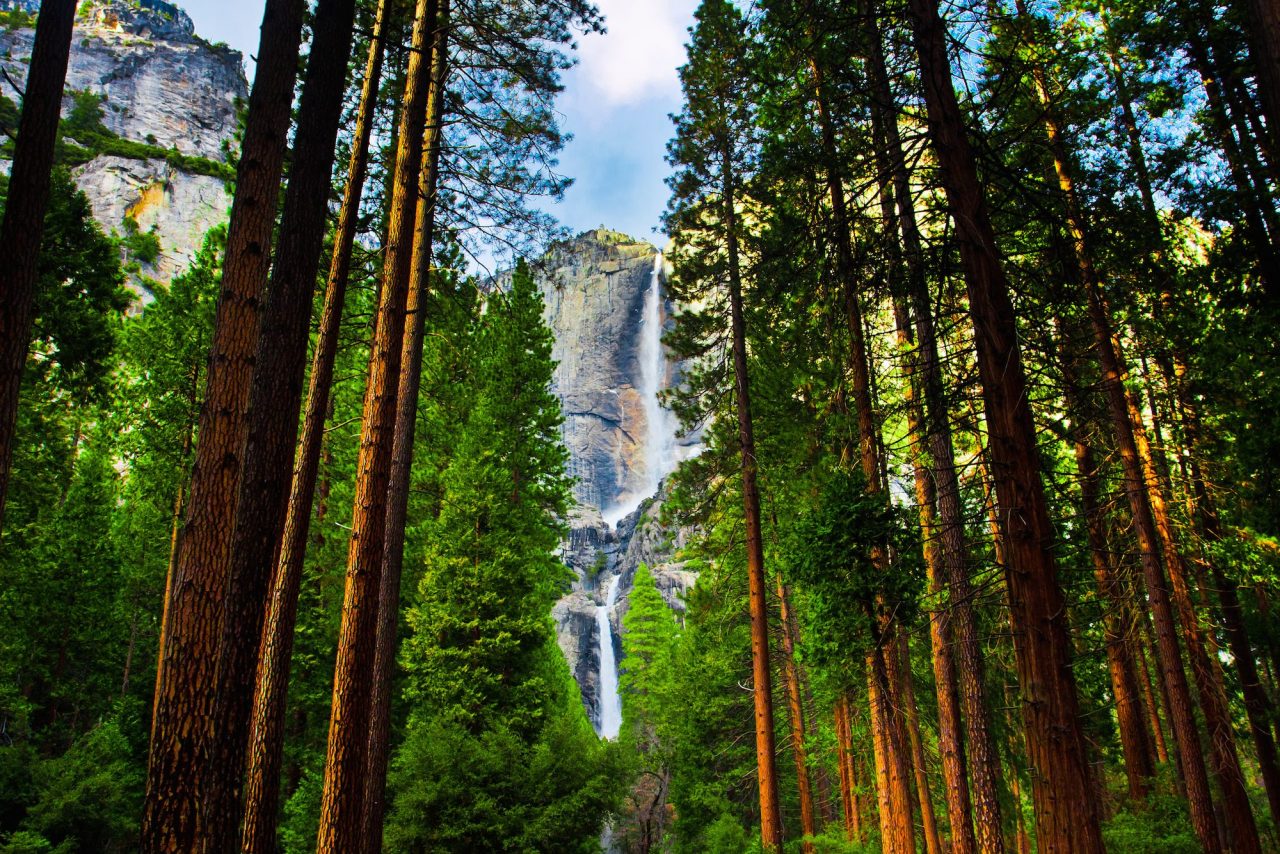Before the days of GPS and Siri, weary travelers used recognizable landmarks to help guide them along their cross-country journeys. Scotts Bluff – a rock formation protruding over surrounding flatlands – was used as a navigational indicator for travelers along the Oregon and Mormon Trails in the early 1800s.

Photo via Scotts Bluff NPS on flickr.
A Trail and A Fur Trapper
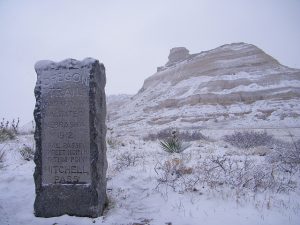
Photo via Scotts Bluff NPS on flickr.
In 1828, a prominent fur trapper by the name of Hiram Scott was injured along the trail and deserted by his comrades. He stumbled upon a magnificent formation of bluffs before tragically succumbing to his wounds. As you might have guessed, the monument was named in his honor.
Soaring 800 feet above the North Platte River, the prominent 19th-century rock formation was visible for several days on a pioneer’s trek through Nebraska. A note-worthy monument in American history, its origins hold even deeper roots.
5 Million Years in the Making
Around four to five million years ago, the land surrounding the bluff began to give way, but certain areas remained in tact. The protective layer covering Scotts Bluff, also known as caprock, has kept the monument from eroding entirely. Fossils of huge turtles, rhinoceri, camels, and mammoths imbedded in the bluff further prove the area was once home to diverse animal life.
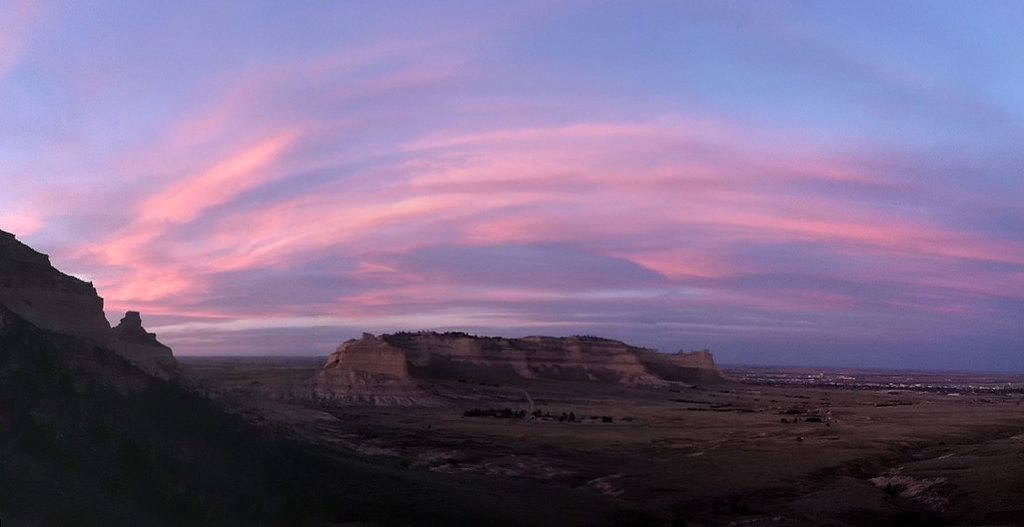
Photo via Scotts Bluff NPS
While you won’t find any campgrounds or food services at this national park, Scotts Bluff offers a variety of activities to keep your whole family busy. If you can make it to the visitor’s center by 5 p.m., you will have an opportunity to browse the on-site museum, watch a video about the Oregon Trail and drive to the top of the bluff for jaw-dropping views. Hiking is another popular activity on the trail, and interpretive ranger-led walks are available for interested visitors.
Ready to check out Scotts Bluff for yourself? We’d love to hear about your experience. Comment below or connect with us on Facebook, Twitter or Google Plus!

